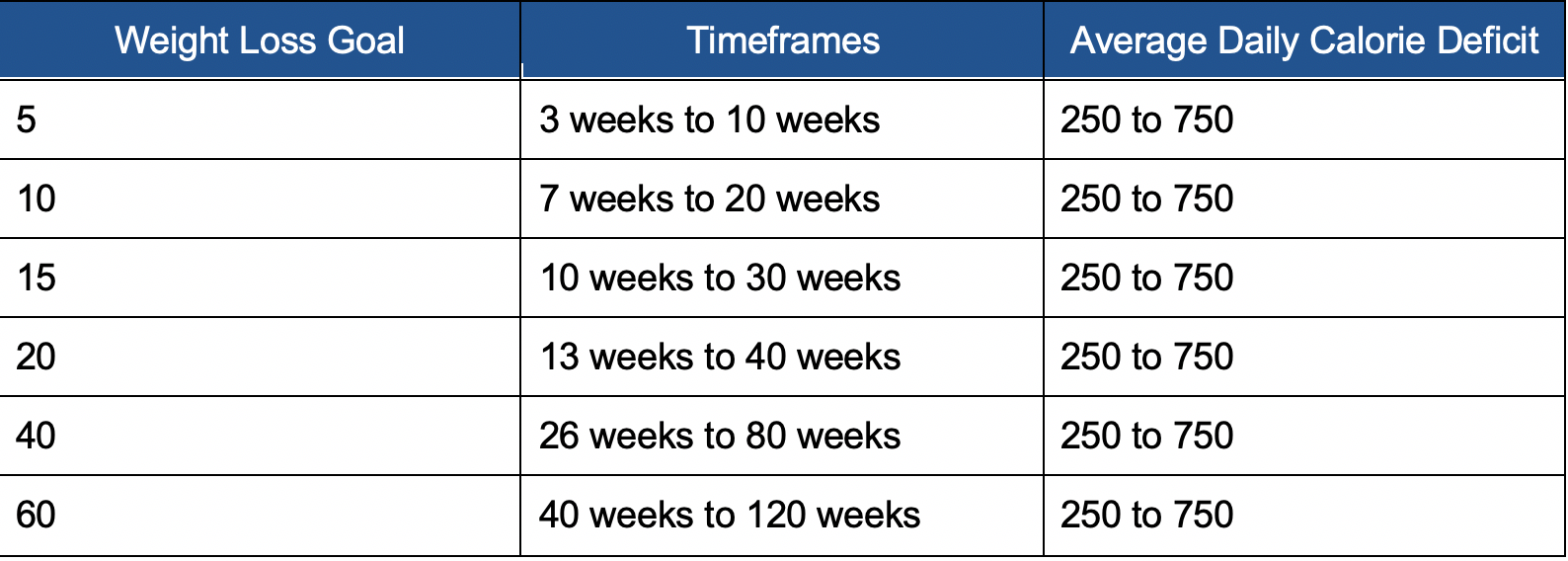For many people, clients and coaches alike, the start of a new year means a fresh outlook and often, resolutions to change or improve certain areas of your life. Sadly, many New Year's resolutions don't end up being overly successful. Depending on the statistics you look at, anywhere from 60-80% of resolutions never materialize.
This tends to hold with health and fitness resolutions as well. The reason these resolutions don't always pan out isn't because people don't want to achieve their goals, but rather, they don't know exactly how to approach these resolutions. This article will give you some key pointers on how to take a sensible approach to your nutrition related New Year's Resolutions so you can make sure you achieve the goals you set for yourself.
Start the New Year's right by enrolling in an online nutrition course with NASM! And help clients stick to their Near Year's Resolution as an online nutrition coach.
Set Realistic Timelines for Your Goals
The first place to start is to set a realistic timeline. Unfortunately, many of us don't know what a realistic timeline is. This might be due, in large part, to magazine articles, blog stories, and television shows that highlight results such as "60 pounds in 45 days". These timelines are not realistic for most individuals and can set people up for failure.
Many of the nutrition or dietary resolutions individuals make around the new year are geared toward using diet for weight loss. There are several guidelines to use when setting realistic timelines for your goals, especially if it relates to dietary changes and weight loss.
The first guideline is to understand what realistic timelines for weight loss are. This helps anchor your decisions around how to structure your dietary resolution. An average weight loss goal of ~1 pound per week is an excellent guideline to follow. More aggressive approaches can set a target of around 1.5 pounds per week, while more conservative methods can set a target of about 0.5 pounds per week. This means that if someone sets a goal to lose around 20 pounds through nutrition changes, they should aim for ~ 20 weeks on average, and maybe as short as 13 weeks, or as long as 40 weeks. This can scale according to the overall weight goal (Table 1).
Set Realistic Calorie Targets
It is very reasonable for people to utilize fairly extreme, short term approaches intending to get results as quickly as possible. However, using the guidelines above, we can see what realistic timelines for weight loss are. These goals of ~0.5-1.5 pounds per week set solid, objective goals people can aim for, and they also set realistic calorie deficit targets that people can aim for.
A daily calorie deficit of ~500 calories should result in someone losing ~ a pound per week. If someone wants to lose at a more aggressive rate, a deficit of around 750 calories per week is a realistic calorie target. Conversely, if someone wants to be more conservative, they can lower the calorie deficit to ~ 250 calories per week (Table 1).

You can use these calorie targets as anchor points for individuals, and it can vary throughout someone's process. For example, if someone wants to see faster results upfront and then lower the deficit, later on, they might start at a 750 calorie a day deficit for the first three weeks, the lower the deficit to 500 calories a day for the next 15-20 weeks. Or maybe someone wants to start to change their calorie intake slowly and begins at 250 for 4-6 weeks and then increases the deficit to 500 for 4-6 weeks, and then again to a 750 calorie per day deficit for the last 4-6 weeks.
Knowing the rate at which you can lose, and how to structure your daily calorie deficits can help you set reasonable goals, on a reasonable timetable, using sensible approaches.
Pick a Sustainable Dietary Pattern
The last piece of developing a reasonable approach to dietary New Year's Resolutions is to take the timeline and the realistic calorie target and then map a dietary pattern that works for you and is sustainable.
One of the most exciting things we have learned from nutrition science over the last several decades is that there are many dietary patterns and approaches that are "healthy" and can lead to weight loss. The major components of a dietary pattern that make them healthy and lead to weight loss are overall calories consumed, fruit and vegetable intake, dietary protein intake, and minimizing processed food intake. Many nutritional patterns can fit into that description: vegetarian, Atkins, Zone, Paleo, low-fat diets, low-carb diets, intermittent fasting, etc.
The single most significant factor that determines success after calories are controlled for is long term adherence. In fact, in several studies that directly compare different dietary patterns, adherence was the biggest predictor of longterm success (1, 2). This means that you can choose the dietary pattern that fits best within your life and that you can stick to. Mainly, find a sustainable dietary pattern and stick with that, don't try the newest fad or jump from diet to diet, find what works for you and stick with that while managing your timeline and your calorie intake!
The Wrap Up
You can ensure that your New Year's resolutions are structured to set you up for success with a few simple ideas. First, make sure you set realistic targets for weight loss. Aim for 0.5-1.5 pounds per week, with ~1 pound per week being ideal. Second, set appropriate calorie deficits. A 500 calorie per day deficit should result in around 1 pound of weight loss per week. If you want to be more conservative, go with a 250 calorie per day deficit. If you're going to be more aggressive, go with a 750 calorie per day deficit. Lastly, don't pigeonhole yourself into a singular diet as almost any dietary pattern will yield results if you can stick to it. Find a food that is sustainable and that you can adhere to in the long run.
















